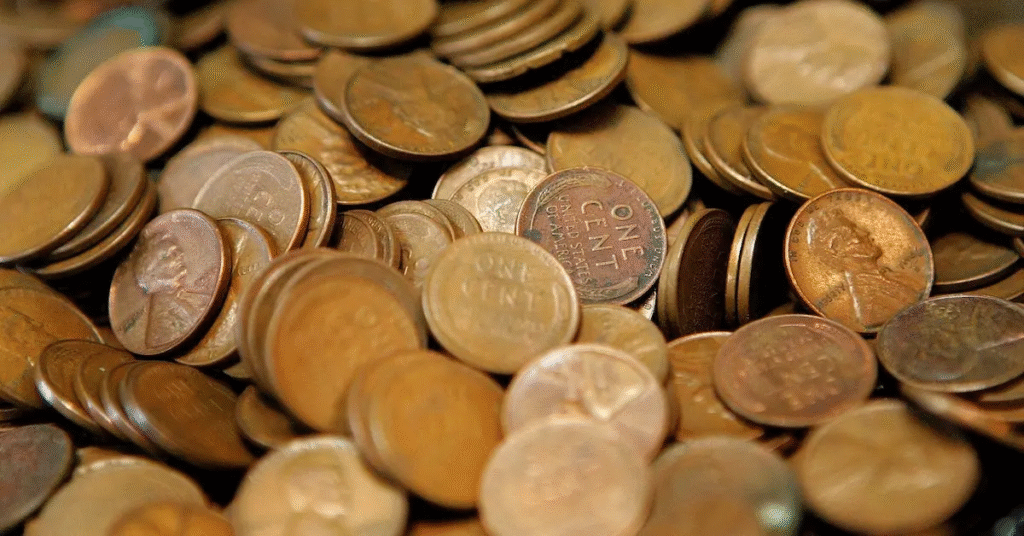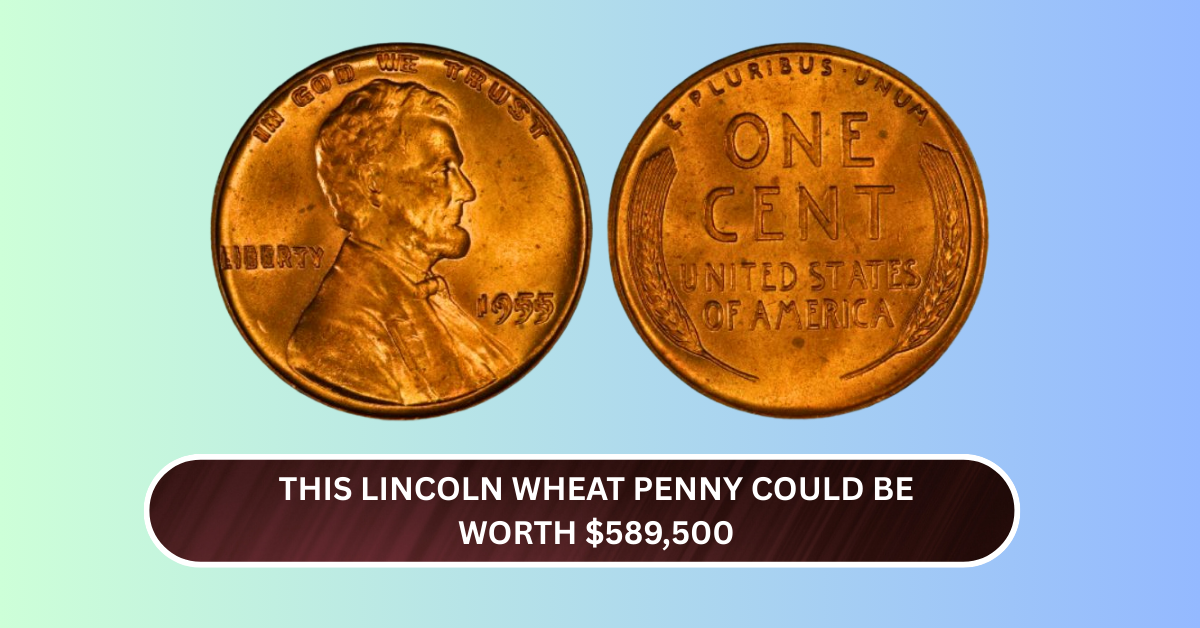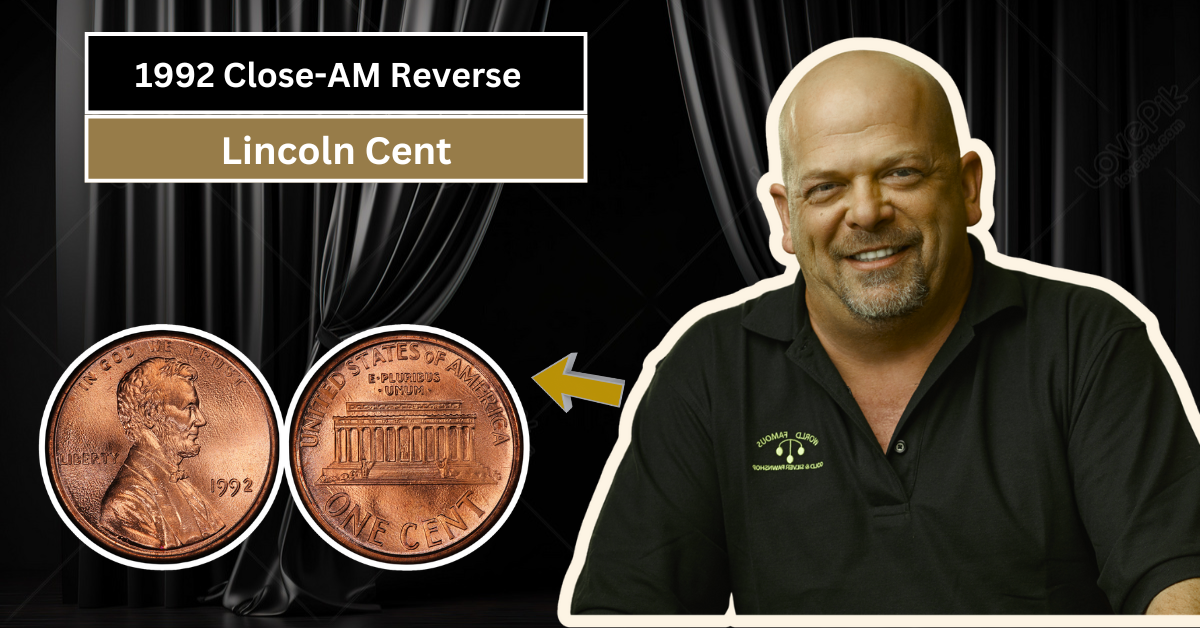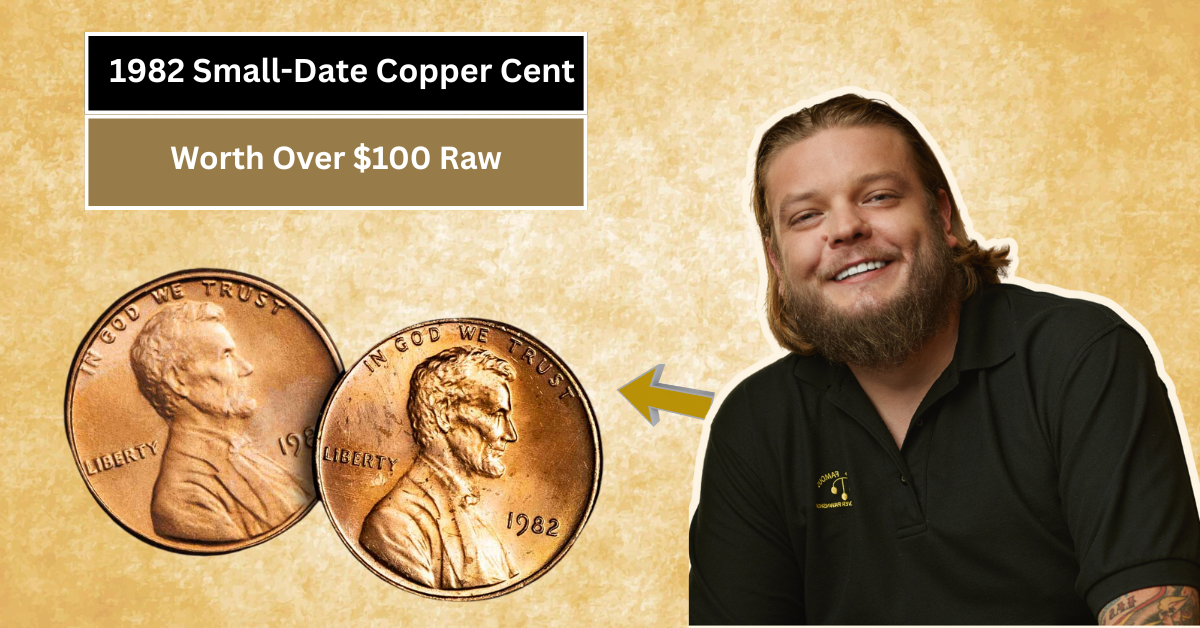Imagine this: you’re digging through your spare change or opening that old piggy bank from childhood, and suddenly, you come across a penny that could be worth a jaw-dropping $1,440,000. Sounds unbelievable, right? But this isn’t just a story—it’s actually possible. A rare Lincoln Wheat Penny, originally minted decades ago, has been valued at more than a million dollars, and experts believe it might still be out there in circulation.
So, What’s so Special About This Penny?
This Article Includes
The coin in question is a 1943 Lincoln Wheat Penny, but not just any 1943 penny. That year, the U.S. Mint used steel to produce pennies instead of copper due to wartime needs during World War II. Copper was being saved for ammunition and military equipment. So, millions of steel pennies were made and released that year.
However, a printing mistake (or as collectors call it, a “minting error”) happened. A small number of 1943 Lincoln pennies were accidentally made using copper blanks left over from 1942. These rare error coins were not supposed to exist—and that’s what makes them so valuable.
How Rare Is It?
Only a few dozen genuine 1943 copper pennies are known to exist today. Some were discovered years later in pocket change, passed off as ordinary coins. Because they look almost like the usual 1-cent copper penny, most people wouldn’t even notice if one landed in their wallet.
And here’s the wild part—coin experts and collectors believe there are still a few left in public circulation, waiting to be discovered. That’s why this story is making headlines again.
What’s the Actual Value?
The value of these rare pennies has gone up steadily over the years. In the past, one was sold for $1.75 million, while others have fetched between $250,000 and $1.4 million depending on their condition.
The $1,440,000 penny that’s making news now is said to be in excellent condition, almost untouched. If someone unknowingly uses such a penny for a simple purchase, they could be giving away a fortune without realizing it.
How Can You Identify a Real One?
If you’re now tempted to check every penny in your house, you’re not alone! Here’s what you need to look for:
- Check the date: It should be 1943.
- Check the material: If it looks like a regular copper penny instead of silver-gray steel, it might be something special.
- Use a magnet: A steel penny will stick to a magnet. A genuine copper 1943 penny will not.
- Look for expert verification: If you think you’ve found one, don’t try to sell it online immediately. Have it verified by a professional coin grading service like PCGS or NGC.
Why Do These Pennies Matter?

Beyond the money, these coins tell a unique story about American history. They show how even small changes during wartime affected everyday life—including the coins in people’s pockets. Mistakes like these also remind us that rare doesn’t always mean fancy—sometimes it’s just a small error that makes something worth millions.
What Should You Do Now?
If you’re someone who saves change, this is the perfect time to start going through your coin jars. Pay special attention to any older coins dated 1943. Even if you don’t find the $1.44 million one, you might come across other collectible coins that are worth hundreds or thousands of dollars.
Some people have made it a hobby (or even a side hustle) to check their spare change for rare coins. It takes a little patience and curiosity—but the payoff can be huge if you get lucky.
Final Thoughts
It’s kind of amazing to think that a single coin—just one penny—could completely change someone’s life. And what’s even more fascinating is that this rare Lincoln Wheat Penny worth $1,440,000 might still be hiding in plain sight, possibly in someone’s wallet or tucked away in a drawer.
So next time you’re handed a few coins at a shop or stumble upon old change at home, don’t ignore the pennies. One of them might just be the million-dollar mistake the U.S. Mint never meant to make.






